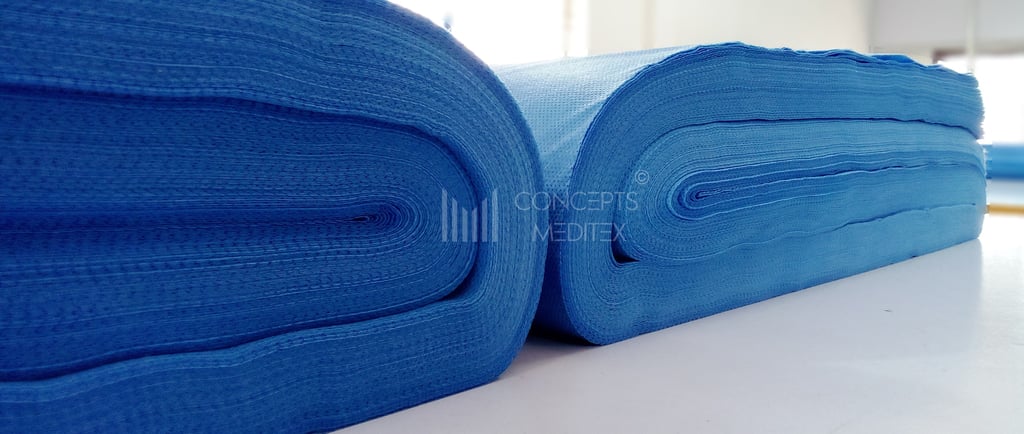The Vital Role of Sterilization Wrapping Sheets in Hospitals


Introduction to Sterilization Wrapping Sheets
In the healthcare environment, maintaining sterility is of paramount importance. Sterilization wrapping sheets play a crucial role in ensuring that medical equipment and supplies remain clean and free from contaminants. These specialized sheets provide a barrier against microbial growth, thereby safeguarding patient health during medical procedures.
How Sterilization Wrapping Sheets Work
Sterilization wrapping sheets are designed to withstand the rigorous conditions of sterilization processes, such as steam or gas sterilization. Made from non-woven materials or paper, these sheets envelop instruments and items tightly to prevent any form of exposure to dirt and pathogens. The sheets must meet specific criteria that include compatibility with sterilization methods, breathability to allow steam or gas penetration, and durability to withstand handling during transport.
The Importance of Proper Usage
Institutions must adhere to strict guidelines when using sterilization wrapping sheets to ensure optimal effectiveness. Firstly, the items to be sterilized should be cleaned thoroughly before being wrapped. Proper wrapping techniques are essential; items should be wrapped securely to avoid any gaps where contaminants could enter. Once wrapped, instruments should be labeled clearly, indicating the date of sterilization and the type of sterilization method used. This labeling is vital for tracking the sterility and ensuring compliance with health regulations.
Conclusion
In conclusion, sterilization wrapping sheets are indispensable in the healthcare sector, contributing significantly to the maintenance of cleanliness and sterility of medical instruments. By adopting rigorous protocols surrounding their use, hospitals can enhance patient safety and improve the overall quality of care. Adhering to these practices not only helps in effective infection control but also reinforces the importance of sterilization to healthcare professionals and institutions alike.
